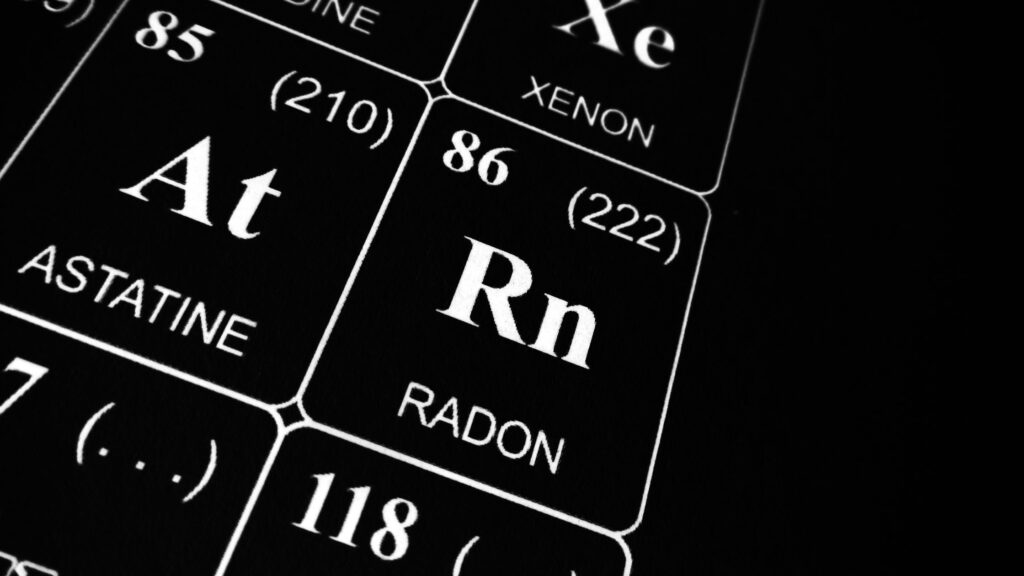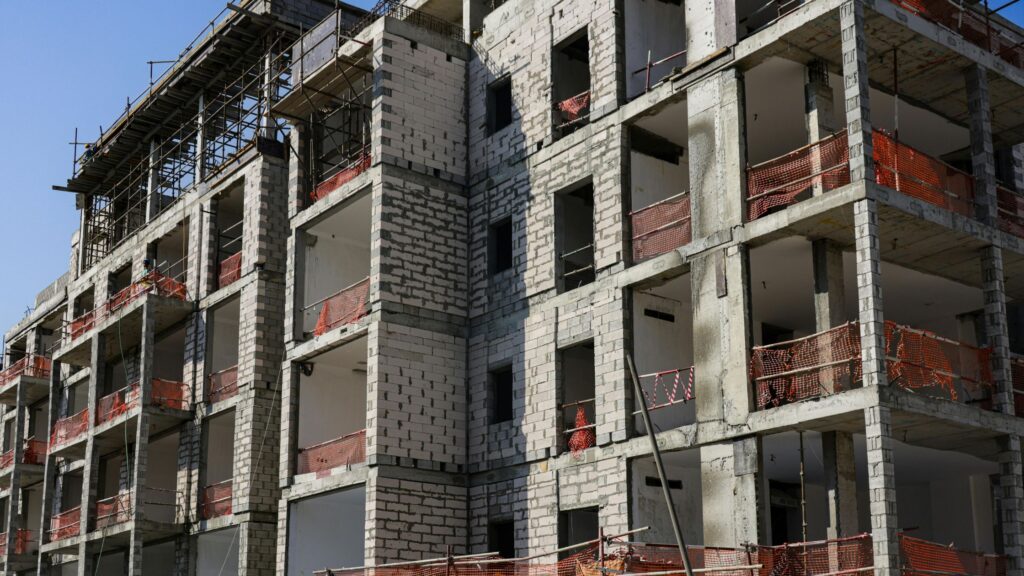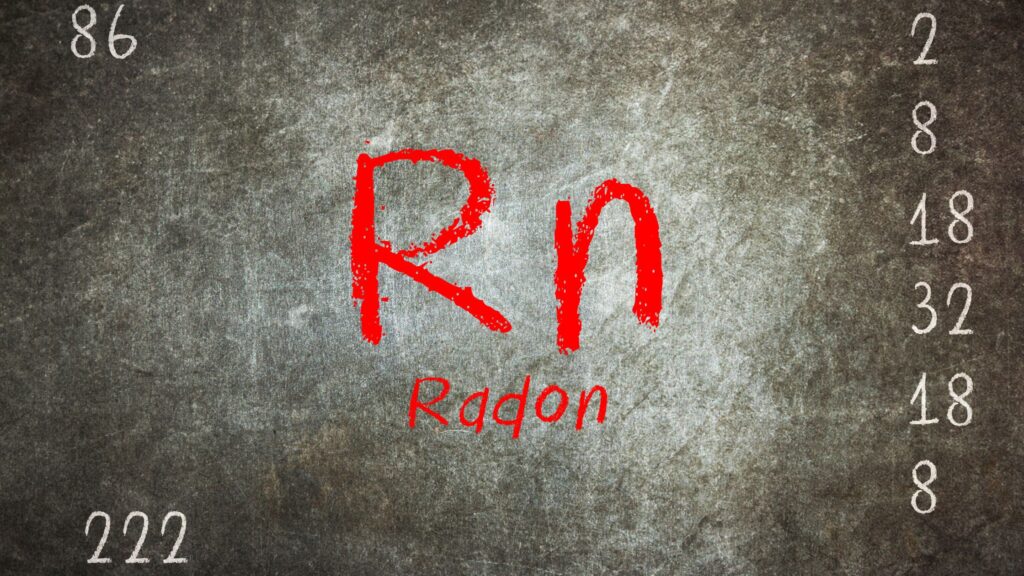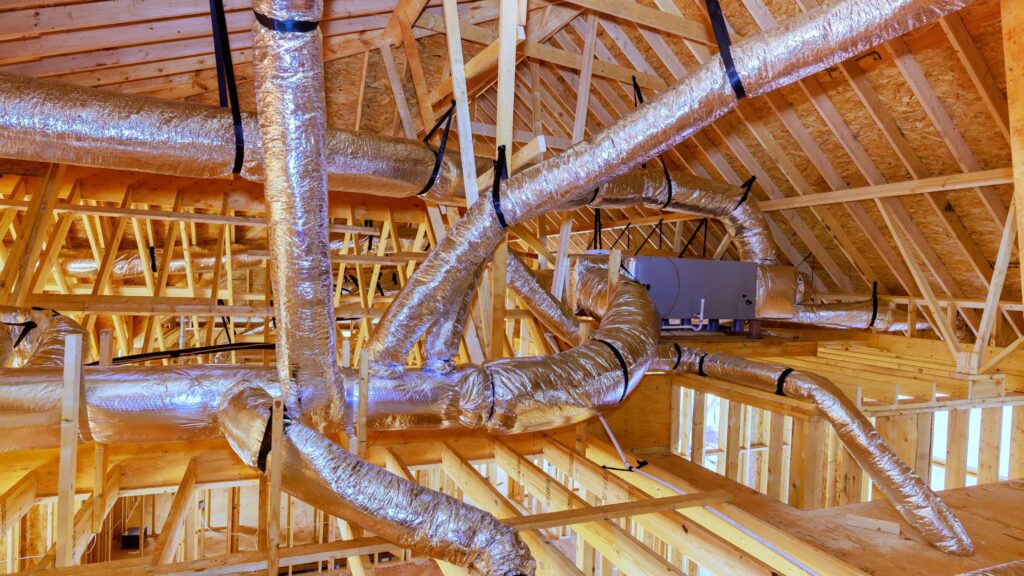Radon is a silent danger that may be present in your home without any visible signs. It is the second leading cause of lung cancer in the United States, yet many homeowners remain unaware of its existence. Fortunately, residential radon testing provides an accurate and effective way to identify and mitigate this hidden risk.
In this article, we’ll examine the importance of radon testing, how it works, and the most effective strategies for ensuring a safe indoor environment. We’ll also explore how a trusted service provider like DSM Radon Services can help homeowners detect and reduce radon levels for peace of mind.
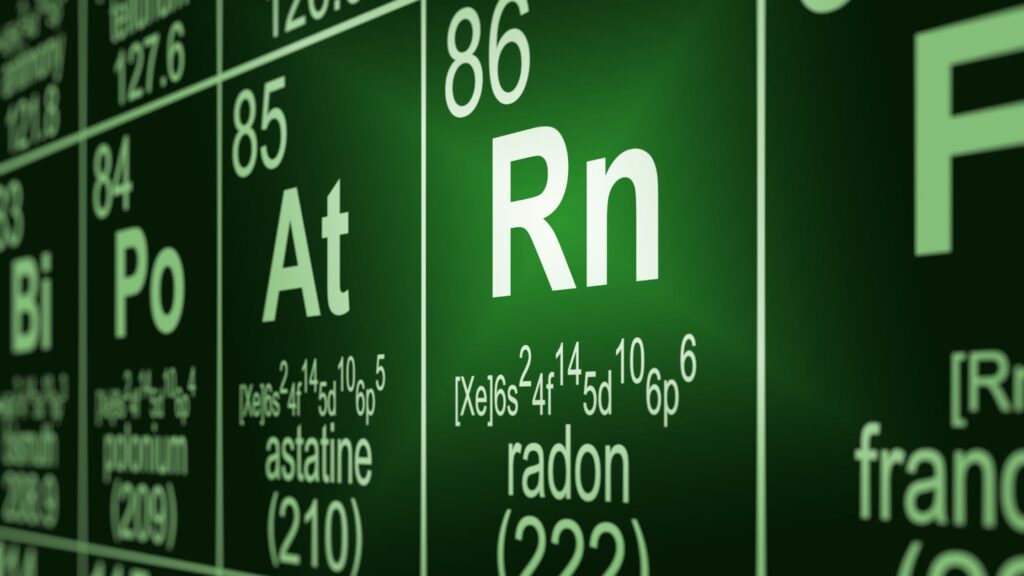
What Is Radon and Why Does It Matter?
Radon is a radioactive gas that forms naturally when uranium breaks down in soil, rock, and water. It can enter homes through foundation cracks, construction joints, and other openings. Since radon is colorless, odorless, and tasteless, the only way to detect it is through residential radon testing.
Because radon accumulates indoors, especially in lower levels of a home, prolonged exposure increases the risk of lung cancer. The Environmental Protection Agency (EPA) recommends taking action if radon levels exceed 4 picocuries per liter (pCi/L).
Why Residential Radon Testing Is Crucial
Every home—regardless of age, location, or structure—can have elevated radon levels. Even newly built houses with energy-efficient sealing can trap radon indoors. Residential radon testing is the only reliable method to determine the presence and concentration of radon in your living space.
Moreover, testing empowers homeowners to take timely action. Without testing, families unknowingly face long-term health hazards. Since radon-related illnesses often take years to manifest, prevention is far more effective than treatment.
How Radon Testing Works
Radon testing involves placing a device in the lowest livable area of the home to measure radon gas over a period. Homeowners can choose between short-term and long-term tests based on their urgency and purpose.
Short-term tests last between 2–7 days and provide quick insights. Long-term tests, on the other hand, stay in place for over 90 days and deliver more accurate year-round readings. Regardless of which method you choose, residential radon testing remains a simple, non-invasive process.
Key Testing Methods for Homeowners
When it comes to residential radon testing, you have several options:
1) DIY Radon Test Kits
These kits are inexpensive and widely available. You place the detector in a specific location, leave it undisturbed, then send it to a lab for analysis. While affordable, results may vary depending on proper usage.
2) Professional Radon Testing
Certified professionals use sophisticated equipment to deliver highly accurate results. With continuous monitoring and digital readouts, this method ensures precise detection and faster turnaround. Companies like DSM Radon specialize in this approach, offering trusted, professional-grade testing.
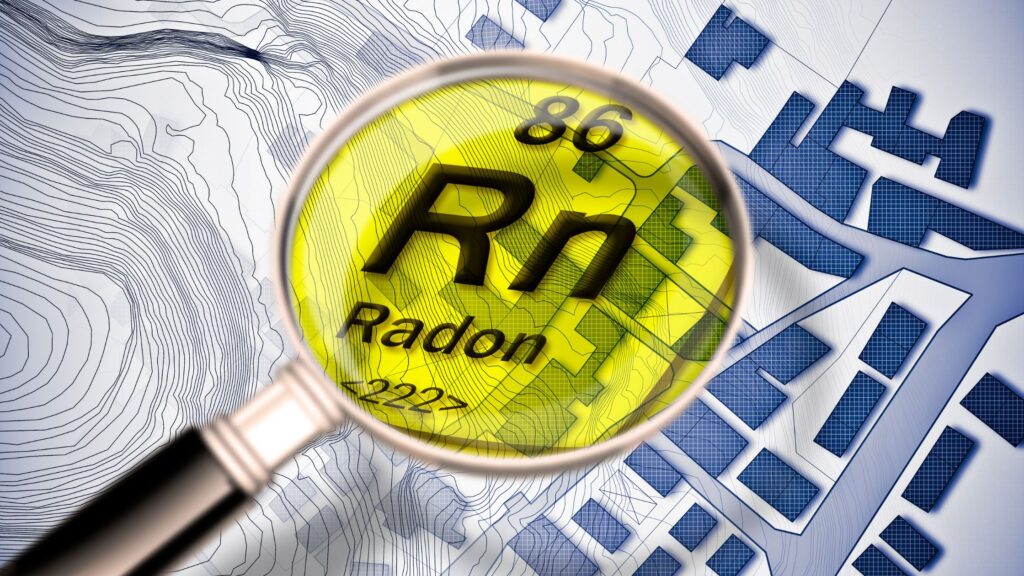
When Should You Test Your Home?
There are several situations where residential radon testing becomes especially important:
- Before buying or selling a home: Ensure safety and meet real estate requirements.
- After renovations or foundation work: Structural changes may affect radon entry points.
- Seasonal Testing: Radon levels can vary by season—typically higher in winter due to less ventilation.
- Routine Maintenance: Experts recommend testing every two years, even if previous levels were safe.
Taking a proactive approach ensures your home remains a healthy environment for years to come.
What to Do If Radon Levels Are High
If testing reveals radon levels above 4 pCi/L, don’t panic—solutions are readily available. The most common remedy is installing a radon mitigation system, which actively reduces radon concentration by venting it safely outdoors.
These systems often include:
- A sub-slab depressurization unit
- PVC piping to channel radon outside
- A continuously operating radon fan
DSM Radon offers customized mitigation systems tailored to each home’s needs. Their team ensures proper installation, ongoing monitoring, and long-term effectiveness.
How DSM Radon Services Supports Homeowners
Based in Iowa, DSM Radon Services stands out as a leader in residential radon testing and mitigation. They serve homeowners with certified testing, expert analysis, and long-lasting mitigation systems designed to meet EPA and local health standards.
Here’s how they help:
- Certified Testing Professionals
- Custom System Design and Installation
- Radon Fan Replacement and Repair
- Post-Mitigation Follow-ups
Additionally, DSM Radon educates clients on proper maintenance and offers continued support to ensure radon levels remain safe. Whether you’re testing for the first time or need to update an old system, their team delivers reliable solutions with care.
Conclusion
Radon poses a serious yet preventable health risk. Through residential radon testing, homeowners gain the knowledge needed to protect their families and properties. By identifying and addressing radon exposure early, you take an essential step toward a healthier home.
For expert radon testing, mitigation systems, and ongoing support, trust the professionals at DSM Radon Services. Their certified team ensures your home stays safe, compliant, and radon-free.

FAQs
1. What is residential radon testing?
Residential radon testing is the process of measuring the level of radon gas inside a home. It helps homeowners determine if radon levels exceed the EPA’s recommended limit of 4 pCi/L, allowing for timely action and mitigation if needed.
2. How often should I test my home for radon?
Experts recommend conducting residential radon testing at least every two years. However, you should test more frequently if you renovate, move into a new home, or change your HVAC system.
3. Can I perform radon testing myself?
Yes, homeowners can use DIY radon test kits, which are affordable and simple to use. However, for the most accurate and reliable results, especially during real estate transactions or health concerns, professional testing is strongly advised.
4. What are safe radon levels in a home?
According to the EPA, radon levels below 4 pCi/L are generally considered acceptable. If your test reveals levels at or above this threshold, you should contact a certified mitigation professional immediately.

